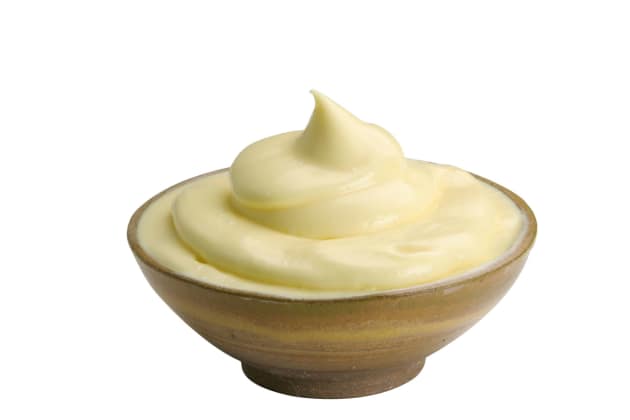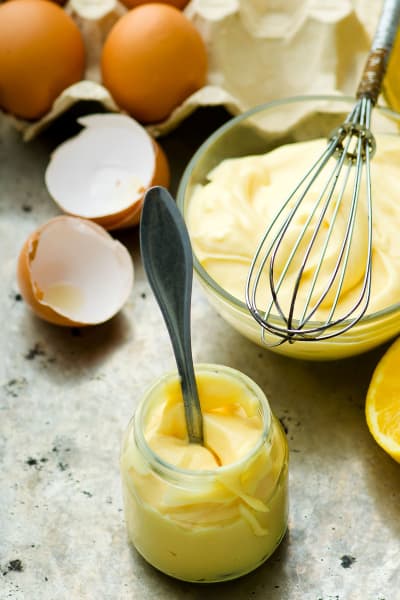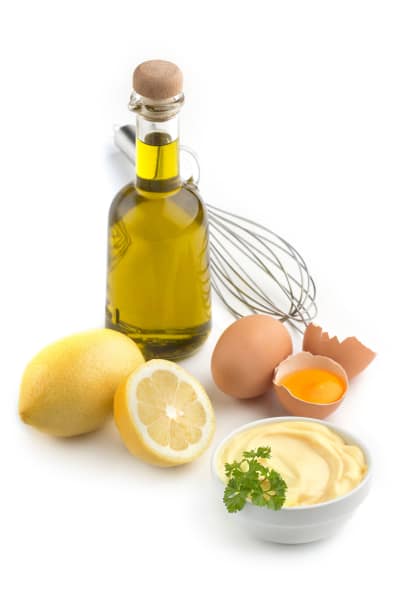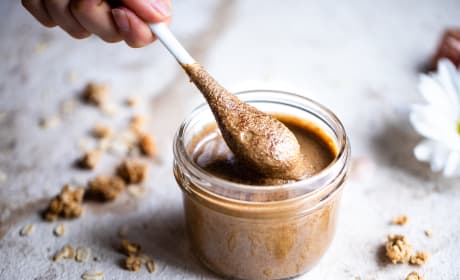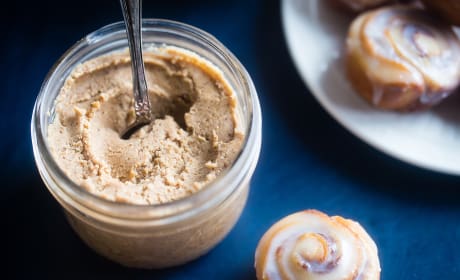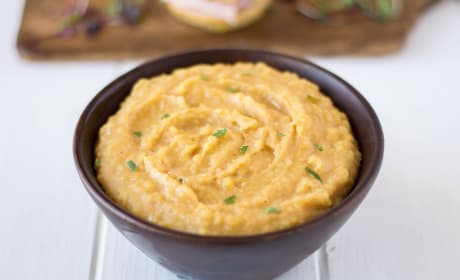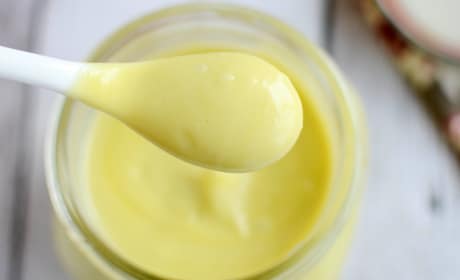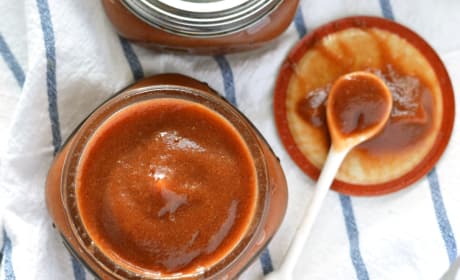How to Make Mayonnaise
Christine AlburyWondering how to make mayonnaise at home? Read on!
If you’ve used store-bought mayonnaise most of your life, you’ve possibly never considered making your own. But, anyone following a paleo diet or trying to avoid processed foods might quickly realize it’s time to learn how to make mayonnaise at home.
For this editor, it was the soy. We discovered a member of our household has a sensitivity to it.
We figured we’d just buy soy-free products. No big deal, right?
Except, soy is in so.many.things. Just start reading the ingredient labels at the grocery store, and you’ll see what I mean.
Store-bought mayo is usually loaded with soybean oil. And, the soy-free versions are expensive.
Fortunately, homemade mayonnaise is relatively easy and tastes so good! Use it on your sandwiches, in your salads or even spread it on toast.
How to make mayonnaise
1. In a bowl or blender, add an egg yolk, plus seasonings like salt, mustard or garlic powder.
2. Add a little vinegar and lemon juice, then whisk or blend to combine.
3. Slowly drizzle in a mild-flavored cooking oil (such as canola, avocado or light olive oil) while whisking or blending, until the ingredients come together to form mayo. If you pour the oil in too fast, the ingredients won’t emulsify.
4. Stir in any dried herbs, if desired.
5. Store homemade mayonnaise covered in the refrigerator for up to a week. Use a jar with a screw-top lid.
How to fix homemade mayo when the emulsion breaks
Homemade mayonnaise will liquefy if the emulsion breaks. You can fix it by placing 1/2 tablespoon of water in a bowl and slowly whisking in your broken mayo in a thin stream, until it emulsifies again.
Are raw eggs bad for you?
Homemade mayonnaise usually includes raw egg yolks. The Food and Drug Administration warns that raw eggs may contain Salmonella, a type of bacteria that can cause foodborne illness, or food poisoning. The risk is low, but children, pregnant women and anyone with a comprised immune system should avoid eating raw eggs.
How to Safely Make Mayonnaise
· Use pasteurized eggs, which have been heated to a temperature that kills bacteria or viruses. Look for pasteurized eggs near the regular ones in the dairy aisle.
· If you don’t have pasteurized eggs, you can microwave your beaten egg yolk, mixed with a little water, lemon juice and vinegar, until it reaches a safe temperature. Chill it for 10 minutes before adding your seasonings and oil.
Try this Homemade Basil-Garlic Mayonnaise using the microwave method. Or, use pasteurized eggs in this Paleo Mayo.


